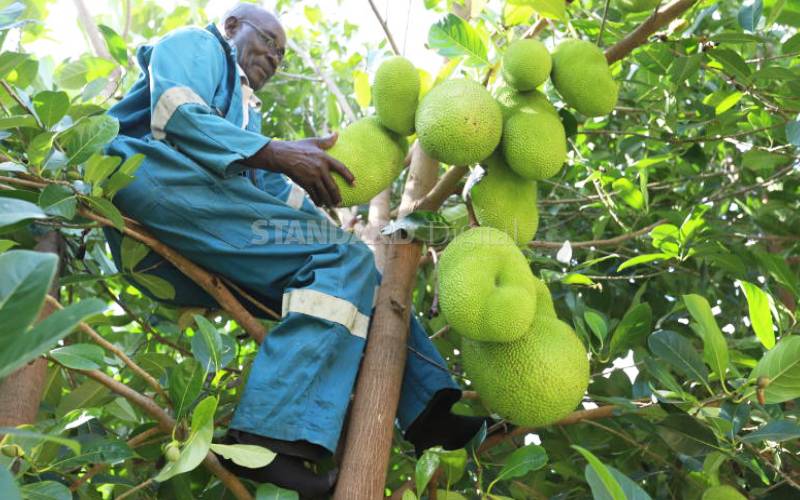×
The Standard e-Paper
Kenya's Bold Newspaper

Clement Kotonya, jack fruit farmer at his orchard in Imbo, Homa Bay county. Fruit trees grow and produce in one place for 15 to 50 years or more. [Denish Ochieng, Standard]
“What venture can I start that will guarantee me good yields in future and a solid retirement plan?” a friend recently asked me. There are many options, but I can place my bet on fruit trees.